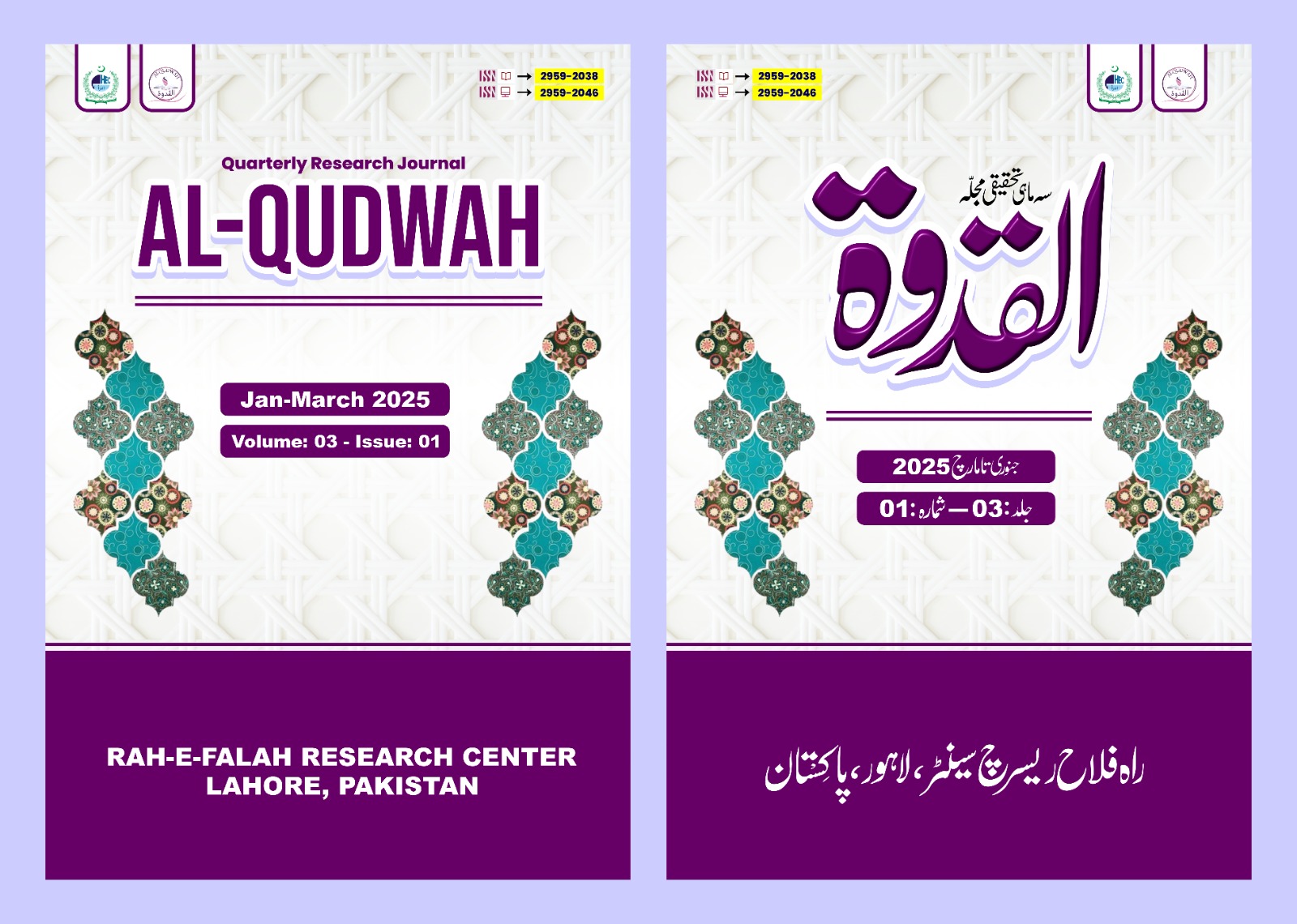التطبيقات الدعوية للمقاصد الشرعية "التحسينية "(دراسة وصفیة تحلیلة)
Dawah Applications of Sharia supplementary objectives(A descriptive and Analytical study)
Keywords:
Muhaddithīn, Eminence, Eminent, Sufism, Sāḥib al-khirqah, Muhaddith-Sufis, Mystical Trends, Affiliations, Institutional ConnectionsAbstract
Across every epoch of Islamic world, eminence scholars (A’immah) have reviltalized the spirit of Islam through groundbreaking thought, theological insight, and transformative writings. These luminaries mastered diverse Islamic disciplines, distinguishing themselves as Qur’anic exegetes (Mufassirīn), jurists (Fuqahāʾ), independent legal authorities (Mujtahidīn), hadith masters (Muhaddithīn), scholastic theologians (mutakallimīn), and linguistic pioneers. Over time, these scholars were categorized by specialization. Among them emerged a unique cohort: hadith scholars (Muhaddithīn) with a pronounced Sufi orientation. Countering the prevalent assumption that hadith scholars focused exclusively on external sciences while avoiding Sufism, however, the reality is contrary to this. They were deeply engaged whether directly or indirectly through intellectual lineage with Sufi thought and its practitioners. They championed ascetic rigor (zuhd) and mystical wisdom (ʿirfān), while maintaining formal initiation into Sufi orders (Sāḥib al-Khirqah). This article provides a list of these hadith scholars who were also Sufis. This study also demonstrates that many eminent Muhaddithīn maintained strong Sufi affiliations and through meticulous documentation of figures like Al-Hakim Al-Nishapuri, Abu Nu‘aym Al-Isfahani, Al-Qastallani, Ibn Hajar al-‘Asqalani, and Al-Suyuti and others. It critically examines their mystical tendencies and institutional connections to Sufi traditions.




